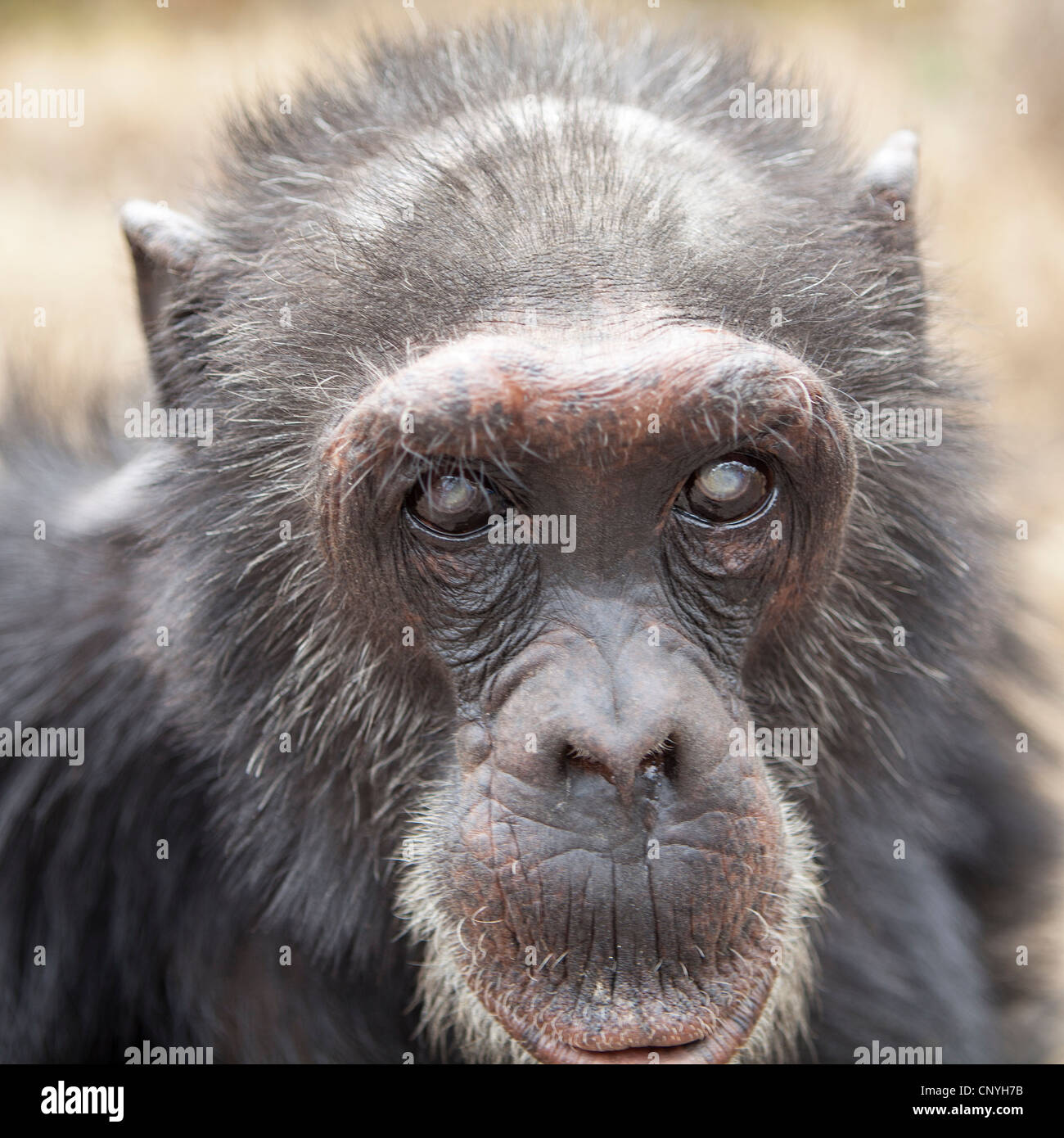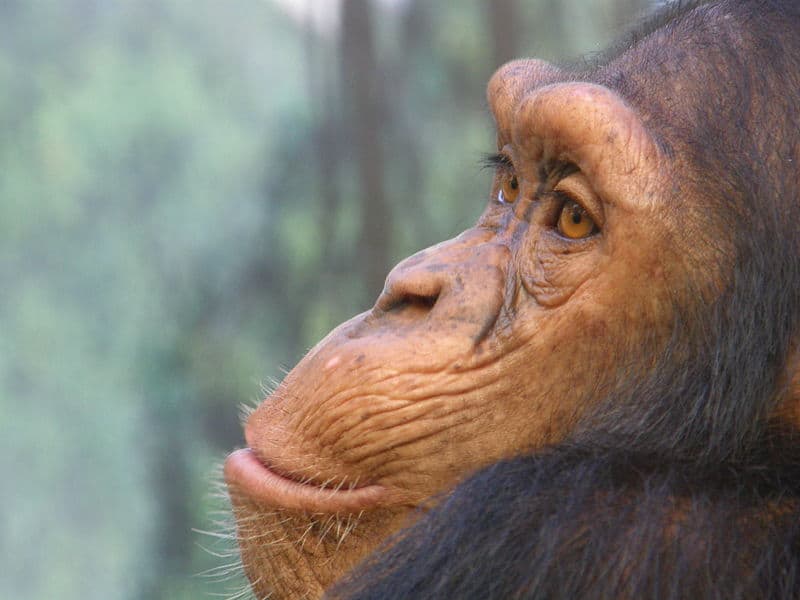

Their brains are capable of reason, generalization, and abstract thinking. If a chimp could survive a round trip to space, it was extremely likely that a human could too.Ĭhimps are also exceptionally bright. We have similar organ placement and skeletal structure, as well as nervous, circular, respiratory, and digestive systems. Related: 4 Interesting Facts About Space That Will Blow Your MindĪ fellow hominid, chimps are more closely related to humans than any other animal, sharing nearly 99% of our DNA. NASA needed a test subject that could provide more accurate and relevant data before they could risk a manned mission.

But there was still no way of knowing whether motor tasks could even be performed in space - all the test subjects so far had simply been passengers along for the ride.Īnd while there was no doubt that living organisms could survive space travel, there was still no guarantee that humans could. The goal was to put a man in space an astronaut was expected to perform various tasks during the mission. To catch up, their next move would have to be bigger and better than anything their opponent had done so far. There was no denying that the Americans were lagging behind in the race to space. In the meantime, the USSR had already launched and landed dozens of dogs. The United States, on the other hand, struggled to send monkeys into orbit, finally reaching success with Baker and Able, the first primates to survive a return trip to space. A great many of the test subjects died, some were injured, few survived unscathed.įinally, in 1957, the Soviet Union hit the jackpot with the successful launches of Sputnik I, the world’s first artificial satellite, and Sputnik 2, which carried a stray mutt named Laika, the first animal to orbit the Earth. and the USSR launched numerous creatures into space: mice, rhesus monkeys, dogs, even fruit flies. How would the human body react to weightlessness? Were the extreme speeds and rapid acceleration of rocket flight survivable? Once a person reached space, was a return to Earth even possible? For answers, scientists turned to animal experimentation.

Related: The Soviet-American Space Allianceīut just launching people up into space was too risky. Whoever reached the cosmos first would represent not only their nation, but their national ideology as the best Earth had to offer. But as arms technology advanced and amassed, the fear of mutual nuclear annihilation drove the rivals’ sights to a new frontier: outer space. The struggle seeped into the areas of science and technology as the Soviets and the Americans rushed to prove their political, military, and economic superiority. Rather than duking it out on the battlefield, the conflict was carried out through proxy wars, propaganda campaigns, trade embargos, psychological warfare, and even sports competitions. Following World War II, the Cold War developed between the United States and the Soviet Union as the superpowers vied for global dominance.


 0 kommentar(er)
0 kommentar(er)
